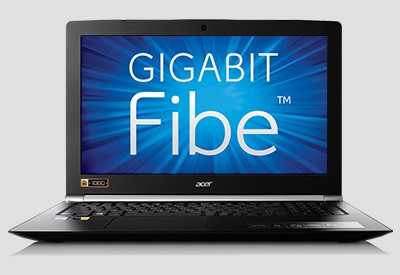 Bell today announced it will spend $100 million dollars to expand its all-fiber network to 60,000 homes and businesses in Oshawa, Ont.
Bell today announced it will spend $100 million dollars to expand its all-fiber network to 60,000 homes and businesses in Oshawa, Ont.
The Bell Fibe upgrade will bring gigabit upload and download speed to the community, located east of Toronto. It is part of Bell’s larger plan to upgrade 1.3 million homes and businesses across the GTA/905 region around Toronto to fuel southern Ontario’s digital economy.
Earlier this month, Bell launched its all-fiber network in the city of Toronto, which reaches more than one million residents around Canada’s largest city.
“We welcome Bell’s investment in Oshawa to provide our residents, businesses and visitors with access to truly world-class Internet connectivity,” said Oshawa Mayor John Henry. “High-speed networks are a primary driver of growth and innovation, supporting Oshawa’s status as a Smart City and our 5 key areas of economic growth – advanced manufacturing, energy generation, health and biosciences, multimodal transportation and logistics, and information technologies.”
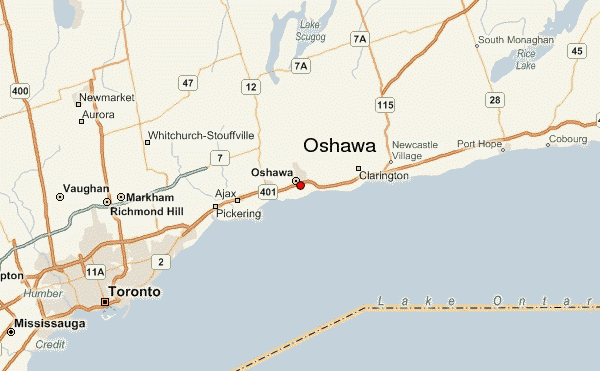 Bell’s network is currently capable of delivering up to 40 Gbps broadband speed, and is infinitely upgradable to even faster speeds in the future. Residents will be able to subscribe to the new service beginning this fall. New customers will pay $79.95 a month for gigabit speeds for the first year, $149.95 a month after that. A $59.95 installation fee also applies.
Bell’s network is currently capable of delivering up to 40 Gbps broadband speed, and is infinitely upgradable to even faster speeds in the future. Residents will be able to subscribe to the new service beginning this fall. New customers will pay $79.95 a month for gigabit speeds for the first year, $149.95 a month after that. A $59.95 installation fee also applies.
Bell’s fiber network now extends across more than 240,000 kilometers and is Canada’s largest fiber network. Bell provides fiber broadband in four Atlantic provinces, Québec, Ontario and Manitoba, serving 9.2 million customers over its older fiber-to-the-neighborhood network (similar to AT&T U-verse) and over 3.7 million fiber to the home subscribers — a number expected to exceed 4.5 million by the end of this year.
Oshawa will join several other “all-fiber” cities across Canada, which include St. John’s, Gander, Summerside, Charlottetown, Halifax, Sydney, Moncton and Fredericton — all in Atlantic Canada, Québec City, Trois-Rivières, Saint-Jérôme and Gatineau in Québec, Cornwall, Kingston, Toronto, North Bay and Sudbury in Ontario, and Steinbach and The Pas in Manitoba. Bell unveiled its major Montréal all-fiber project in 2017 and other major new centers getting Bell Fibe to the home will be announced later this year.


 Subscribe
Subscribe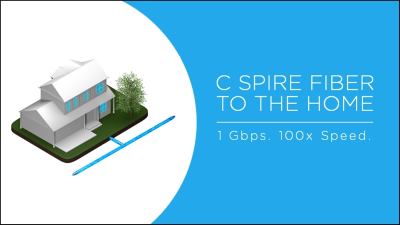 C Spire, an independent wireless company providing service in the southern United States
C Spire, an independent wireless company providing service in the southern United States 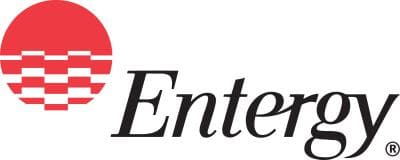 The fiber network will be uncharacteristically placed in some of the most rural parts of the state’s push to redevelop its rural economy to support digital businesses. C Spire itself has been in transition over the last five years, diversifying its core cellular business into fiber to the home broadband, phone, and television service targeting underserved, smaller communities across the state.
The fiber network will be uncharacteristically placed in some of the most rural parts of the state’s push to redevelop its rural economy to support digital businesses. C Spire itself has been in transition over the last five years, diversifying its core cellular business into fiber to the home broadband, phone, and television service targeting underserved, smaller communities across the state.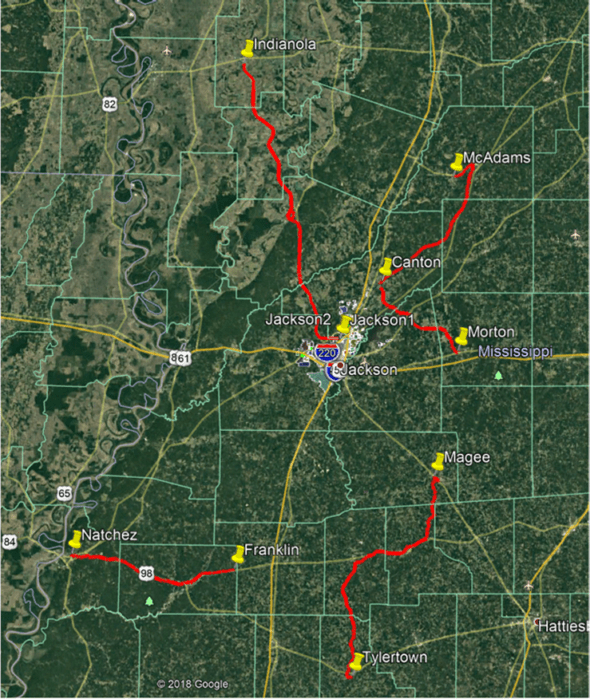
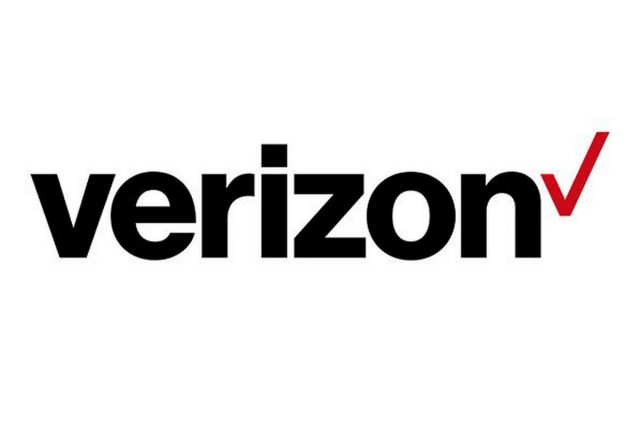 New York’s Broadband for All Program yesterday
New York’s Broadband for All Program yesterday 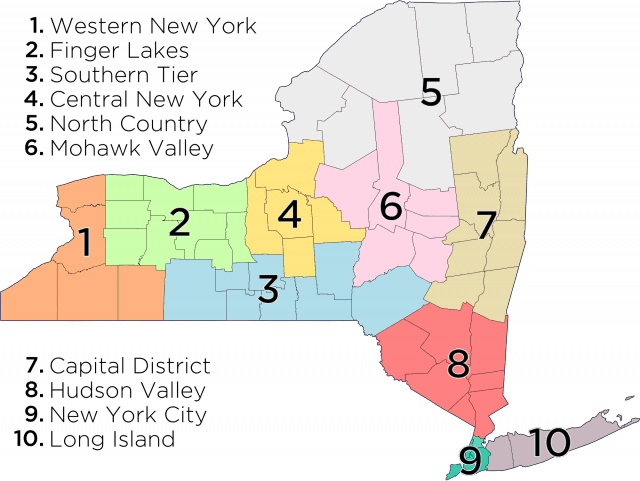 Central New York Region
Central New York Region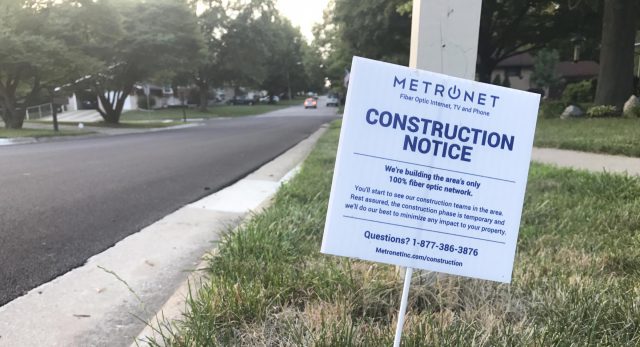 Exurban communities in northern Illinois bypassed for upgrades from second-rate cable companies and considered too-small-for-fiber by AT&T are clamoring for a third option that will deliver fiber optic broadband.
Exurban communities in northern Illinois bypassed for upgrades from second-rate cable companies and considered too-small-for-fiber by AT&T are clamoring for a third option that will deliver fiber optic broadband.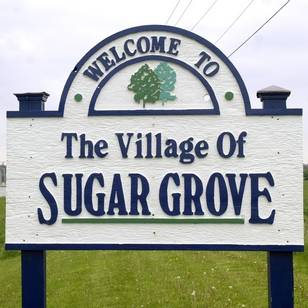 Sugar Grove is just one of several exploding exurban communities in the far western suburbs of Chicago. As residents migrate further away from the city center, they expect services to migrate with them. But when essential utilities are in the hands of private companies, smaller towns and villages are often frustrated to hear there is not enough Return On Investment to provide 21st century quality service.
Sugar Grove is just one of several exploding exurban communities in the far western suburbs of Chicago. As residents migrate further away from the city center, they expect services to migrate with them. But when essential utilities are in the hands of private companies, smaller towns and villages are often frustrated to hear there is not enough Return On Investment to provide 21st century quality service.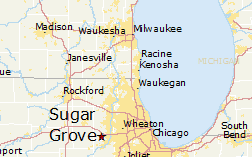 “The MetroZone opportunity is a milestone in that we are able to track those who are interested in us coming to the village of Sugar Grove,” said Kathy Scheller, business development manager for MetroNet. “Our goal is to have 25 percent of the village pre-signed by Feb. 28.”
“The MetroZone opportunity is a milestone in that we are able to track those who are interested in us coming to the village of Sugar Grove,” said Kathy Scheller, business development manager for MetroNet. “Our goal is to have 25 percent of the village pre-signed by Feb. 28.” In a sign that could spell trouble for Altice’s ambitious plans to scrap Cablevision’s coaxial cable network in favor of fiber to the home service, Altice has announced it is
In a sign that could spell trouble for Altice’s ambitious plans to scrap Cablevision’s coaxial cable network in favor of fiber to the home service, Altice has announced it is 